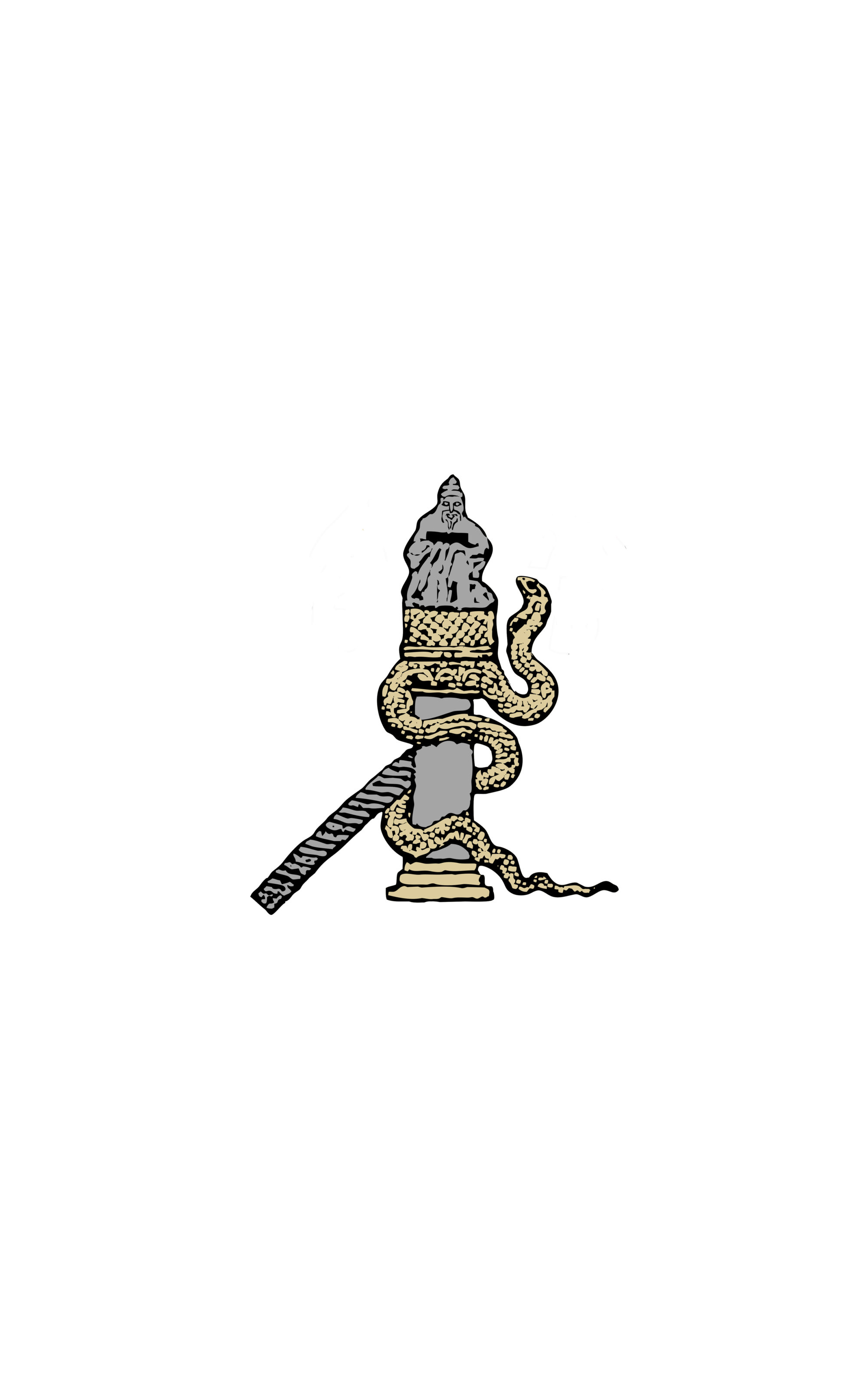Landscapes of Power
22-23 February 2013, History Faculty, University of Oxford
Call for Papers
Late Antique and Byzantine Studies have often been seen as an undiscovered country, esoteric and arcane, but there is no doubting to the initiated that Byzantium is not a monolithic, unchanged and unchanging world, but rather a myriad of overlapping and intersecting landscapes, where power is everywhere and in everything. From the solemnity of the monastic scriptoria, to the successes and failures of imperial policy in the corridors of the palace; from the imagined landscapes of Byzantine literature, to the changing practices of daily life, power and its landscapes are central to an full understanding of Late Antique and Byzantine Studies.
We are interested in papers that explore the diverse applications and representations of power, in all fields of Late Antique and Byzantine studies, including history, art history, archaeology, theology, literature, and philology. A broad range of approaches to Landscapes of Power, both historical and historiographical, are welcome.
Possible themes might include:
– Political Landscapes
– Literary Representations of Power
– Ecclesiastical and Religious Landscapes
– The Physical Manifestations of Power
– Artistic and Symbolic Landscapes
– The Power of Byzantine History
– The Shifting Landscape of Byzantine Culture and Society
– The Power of Memory within the diverse Byzantine Landscapes
Please send an abstract of no more than 250 words, along with a few words about yourself and your academic background, to the Oxford University Byzantine Society atbyzantine.society@gmail.com by Friday, 30th November 2012. Final papers should be 20 minutes in length.
For the first time the conference committee is endeavouring to publish a selection of inter-related papers, chosen both by quality and pertinence to our theme. Any speakers who wish to have their papers considered for publication should bear this in mind when making their application, but all applications will be gratefully received regardless of our publication aims. More details will follow to speakers nearer the time.
Subject to funding, the OUBS hopes to offer subsidised accommodation for visiting speakers. More information will be available in early 2013. We regret that we are unable to cover travel expenses to and from Oxford, but encourage all participants to apply to their home institutions for travel grants. www.oxfordbyzantinesociety.wordpress.com/international-graduate-conference-2013/

